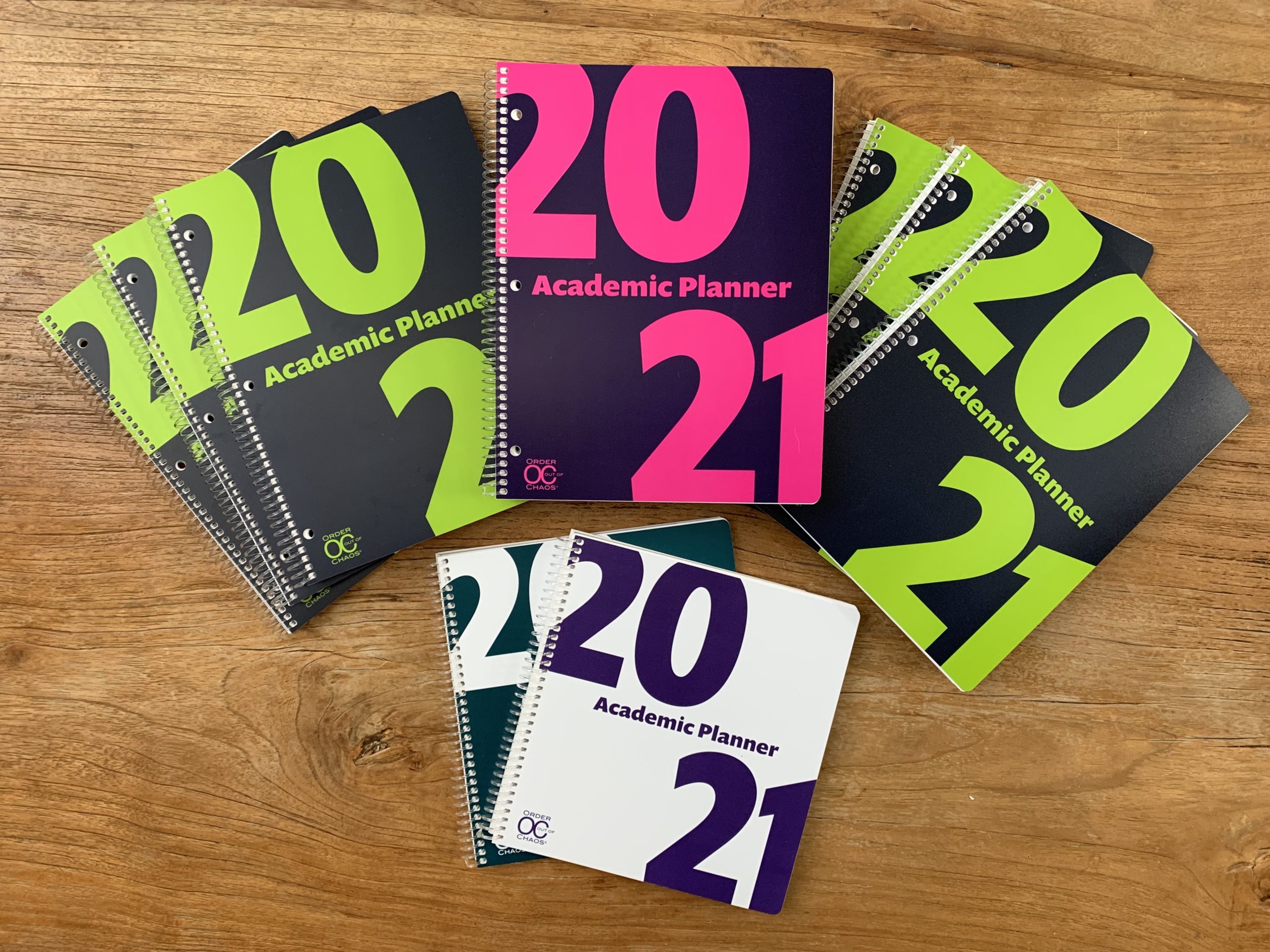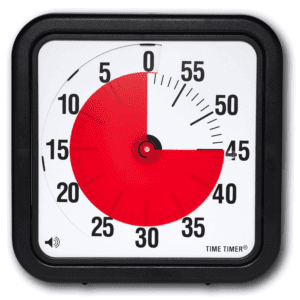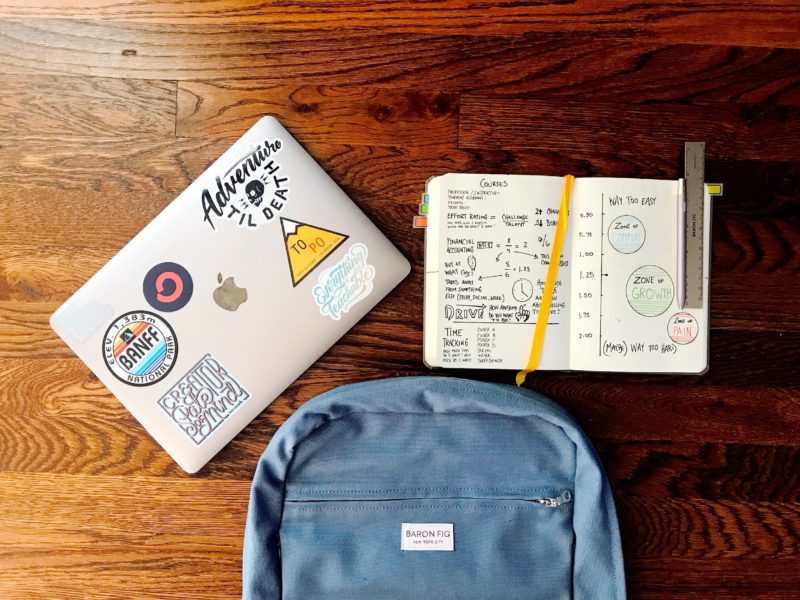If you’re a parent of school-age children during this pandemic, you experienced the joys (and pains) of homeschooling this past spring. We had hoped it would be a short season: we were rounding the bases and heading for home plate by summer. But alas, the season has been extended and we’re now going for extra innings! The key players in this game are a tight-knit bunch:
At bat: Your brilliant child
On the pitcher’s mound: Your child’s teacher(s)
Team Manager / Umpire / Catcher / Bat Boy / Peanut Vendor: You
That’s right: as a parent, you have a few extra positions to fill and I’m here to be your most enthusiastic cheerleader — and to give you some tips and tricks on how to make it through the end of this game.
For some kids, homeschooling is a breeze: they hit the books at the crack of dawn and are done by noon. For others, it is a day-long adventure of peaks and valleys, ups and downs, twists and turns, distractions and diversions, until, finally, late in the afternoon, it’s done. You can put my team in that latter group.
I have read countless blogs and watched scores of webinars on how to make homeschooling work. If you heed the advice imparted by two of my favorite sources (thank you, Leslie Josel at Order Out of Chaos and the experts at The Study Pro), you’re on your way to success. The three strategies I am going to share are universal, and I’ll lay them out for you here for two reasons: 1) so you don’t have to wade through as much research as I did, and 2) so that you, too, can hit that homeschooling home run out of the ballpark. You’re welcome!
Strategy #1: Routines
I love the phrase Leslie Josel calls this time we’re all living in: it’s not homeschooling, it’s “crisis schooling.” If there was ever a sudden disruption of normal, this is it! All structure to the day – heck, even the week (I find myself asking often, “what day is it?”) – has flown the coop. Gone are the routines, the class schedules, the snack/lunch breaks, the planned transitions between classes, PE, and the tangible end of the school day (i.e. the bell rings and those kids are out of there!). All of that has gone away. We’re in crisis mode now, trying to find our way and make it to the next activity, milepost or deadline.
We need to help our kids navigate this bold new world. The most important strategy is to provide structure. And the one key way to provide structure is to establish routines to get you through the day. This video has some helpful tips — and here’s an example of a typical schedule we created for my middle-school-aged son last spring:
Morning Routine:
7:30am Wake up
7:45am Make bed
8:00am Eat breakfast
8:30am Get dressed & ready
9:00am Start school
School Routine (alternating days):
9:00am Math / English
9:50am Break
10:00am Music / PE
10:50am Break
11:00am History / Science
12:00pm Lunch
1:00pm Finish up classwork
3:00pm Done! Free time!
Your routine doesn’t need to be that structured, and depending on the age of your child, your segments could be shorter, more varied and include more breaks. Also, schools are finally figuring out how to create synchronous/asynchronous learning times for the new school year, and that will help dictate your routine as well. The key is to schedule in the “non-negotiables” like waking up, meals and academic time, with the goal to finish everything so they can get to their preferred activities at the end of the day. In our household, we dangle screen time as that carrot to get through it all!
Now…how to make routines stick? Research says you need 21 days to form a new habit, but one essential tool will help get you there when it comes to creating school routines right now: analog clocks.
Analog Clocks
A clock face with hands and numbers will make an immediate difference for your student. You are able to SEE the passage of time with an analog clock. Digital clocks only tell you what time it is now. Analog clocks illustrate how much time has passed, and how much time is left for a certain task. For those of us who grew up with analog clocks, we mentally envision this concept of time without even realizing it. Our kids, however, are products of the digital generation and don’t have that same mental training or intuition. We have to get them out of that digital, abstract realm and into a place where they can visually see and experience the passing of time.
Strategy #2: Following & Tracking
Now that your student can see the passage of time, they now need to know how they’re going to spend it! The next tool that you need in your homeschooling toolbox is a planner. A planner creates the framework for your day (and week) and helps you map out the arc of a class assignment: what is assigned, when you will work on it and when it is due.
Our first few weeks of homeschooling last spring were a complete disaster. Six teachers (all bombarding the kids with assignments, instructions, videos, due dates and more) were coming at us through a variety of pipelines: parents’ email, kids’ school email, teachers’ websites, Google Classroom, Remind, ClassCraft, etc. It was crazy! It was already hard enough to stay on top of it all during the normal school year. Once that scaffolding fell away, we were in free fall. Daily. It was scary because we weren’t sure our son had all the details he needed and were certain something was going to fall through the cracks.
Enter the school planner!
Academic Planner
The planner enables you to get everything offline and onto paper. Every morning, we checked every portal where class assignments were posted and wrote it all down. With all of the assignments now in one place, the planner starts to work its magic. More than just a list, a planner helps you record, track and follow assignments that are given. You can then prioritize assignments and schedule time to work on them based on the due date.

 Using a planner has been a game changer in our household. My favorite planner is Order Out of Chaos’ Academic Planner: each 2-page spread displays a full week; all subjects are listed in a static left-hand column; assignments are filled in by subject and by day; there is a place to keep track of extracurricular activities (which can eat into homework time); and there’s a nifty “Done” box for each subject/day that your student can check when the work is completed and turned in. Getting your child to visualize “To Do / Doing / Done” is key to helping them manage their time, finish an assignment and celebrate their success. And success comes from motivation!
Using a planner has been a game changer in our household. My favorite planner is Order Out of Chaos’ Academic Planner: each 2-page spread displays a full week; all subjects are listed in a static left-hand column; assignments are filled in by subject and by day; there is a place to keep track of extracurricular activities (which can eat into homework time); and there’s a nifty “Done” box for each subject/day that your student can check when the work is completed and turned in. Getting your child to visualize “To Do / Doing / Done” is key to helping them manage their time, finish an assignment and celebrate their success. And success comes from motivation!
Strategy #3: Motivation
Motivation is the driving force behind any accomplishment, big or small. And there is no greater need for motivation than now, when kids are “going to school” right in the comfort of their own homes. All of those external factors and cues that drive students to get things done in a school setting (e.g. the ring of a school bell, marking the end of class time) no longer exist.
Here are 3 great tactics to kick-start motivation:
Tactic #1: Ask Questions
You’ve got to help your child overcome procrastination and just get started. And that procrastination could be masking anxiety, fear or simply not understanding the assignment. Ask open-ended questions like, “What is your plan to get this done?” or “What would be the first step for this project?” or “Would you like to start with math, music or a run around the block?” Kids perform better when their brains are engaged, they have a choice to make and you can sprinkle in some fun.
Tactic #2: Deposits vs. Withdrawals
This is not the time to ask, “Did you complete this?” (a yes/no question) Instead, make some deposits: “I’m so excited you’re working on this project – you’ve done a great job so far! What has been most interesting to you?” Fill them up with positive feedback, prop them up and give them the foundational support they need to spring into action!
Tactic #3: Connection vs. Correction
This tactic is pivotal in helping a child – or anyone! – to get going. Check in, see how they’re doing and express empathy. Once they feel supported and heard, they’ll be much more open to your help. Remember that Maya Angelou saying: “People will forget what you said, people will forget what you did, but people will never forget how you made them feel.” That piece of advice couldn’t ring truer than now. Make your child feel buoyed by your love and support, and they’ll be more open to working with you to develop a plan to get the work done.
Finally, there are a few more tools and tips that Leslie recommends that you can use at home to help keep your child going.

Timers
These little time bombs are motivation babies! Sometimes it’s fun to race the clock – “let’s see how many problems you can solve in the next 5 minutes!” – as you gamify the homework task. Timers are also excellent tools to employ when you want to schedule breaks as a way to transition between tasks: “Let’s take a 10-minute break for you to watch a video and then you can move on to History.” While smartphones are excellent timekeepers, my favorite tool for helping kids see how much time they have left is the Time Timer. The analog face displays a red area that shrinks as time allotted goes down. It’s a brilliant way to see the passing of time!
Headphones
Think about when you last worked out in a gym, jogged in the park or shopped in a hip clothing store: music sets the mood and can be a huge motivator for you to accomplish your goals (finish this set of crunches, run to the next block, and won’t I look outright amazing à la Beyoncé in this top?!). It may be an experiment to see what genre motivates (vs. distracts) your child, but something fun and unfamiliar could be just the ticket to getting your kid on the homework bus. As an alternative, if your child is like mine (a musician who would be deciphering the musical phrasing and rhythms instead of focusing on schoolwork), noise-cancelling headphones to dial down the distractions may be the trick.
Privacy Shields
These 3-sided shields (which you can create yourself with a 3-sided presentation poster board) create a safe, quiet space for your child to study. They help minimize the visual distractions in the room and send a signal to others that this is “focused work time.” Leslie also uses the board to display post-it notes on assignments that are in progress or when they’re due. It’s a great way to track the work and get your child to embrace the “To Do / Doing / Done!” workflow.
Movement
Finally, adding some movement into your day is a huge motivator! It can be as simple as getting up, running up and down the hall or around the block, doing jumping jacks or taking a silly dance break. It can also mean moving around and doing your work in a variety of settings to switch things up. One fun idea (which could be fun for younger kids) is Homework Hide & Seek: you hide the homework and wherever the child finds it (the bathtub, on top of the washing machine or under the table) is where your child does it. Super fun!
With that, these strategies, tactics and tools lay down a successful foundation for you to create a positive, supportive and fun environment for homeschooling in your home. Let’s hope this crisis moment passes soon, but if not, these tips will carry you and your family through whatever school looks like this year – as well as pave the way for helping your student develop good habits for doing schoolwork and studying (even in college!) far into the future.
Happy homeschooling! May your season end in victory!

 Matt Ragland on Unsplash
Matt Ragland on Unsplash










What you said about analog clocks is so interesting. Have you ever noticed that when you look at a digital clock, you have to look again fairly soon? It’s because we don’t really look at a clock to see what time it is, but how much time we have until XXX. Because the digital clock doesn’t tell us that, we have to keep looking to process the information again.
What a brilliant way to look at that habit, Janet — and now to put the science behind it, too! Processing time and conceptualizing its passing (or seeing how much time you still have), all without the visual aid of an analog clock, is a herculean effort, indeed.
My heart goes out to everyone who managing home learning right now. It is so difficult, and these suggestions are super helpful. I love the idea of trying to give each student a “spot” of his/her own with a privacy shield. It’s so hard to find space for everyone to learn, especially when you have a bunch of children. One of the things that is so hard now is that the “routine” keeps changing. One day school is in person, the next it is hybrid, and then snow comes and it’s all remote learning. So hard!
So very true, Seana! If anything, this pandemic is teaching all of us (yes, our children, too!) how to pivot, be nimble and expect the unexpected. Good life lessons for us all!